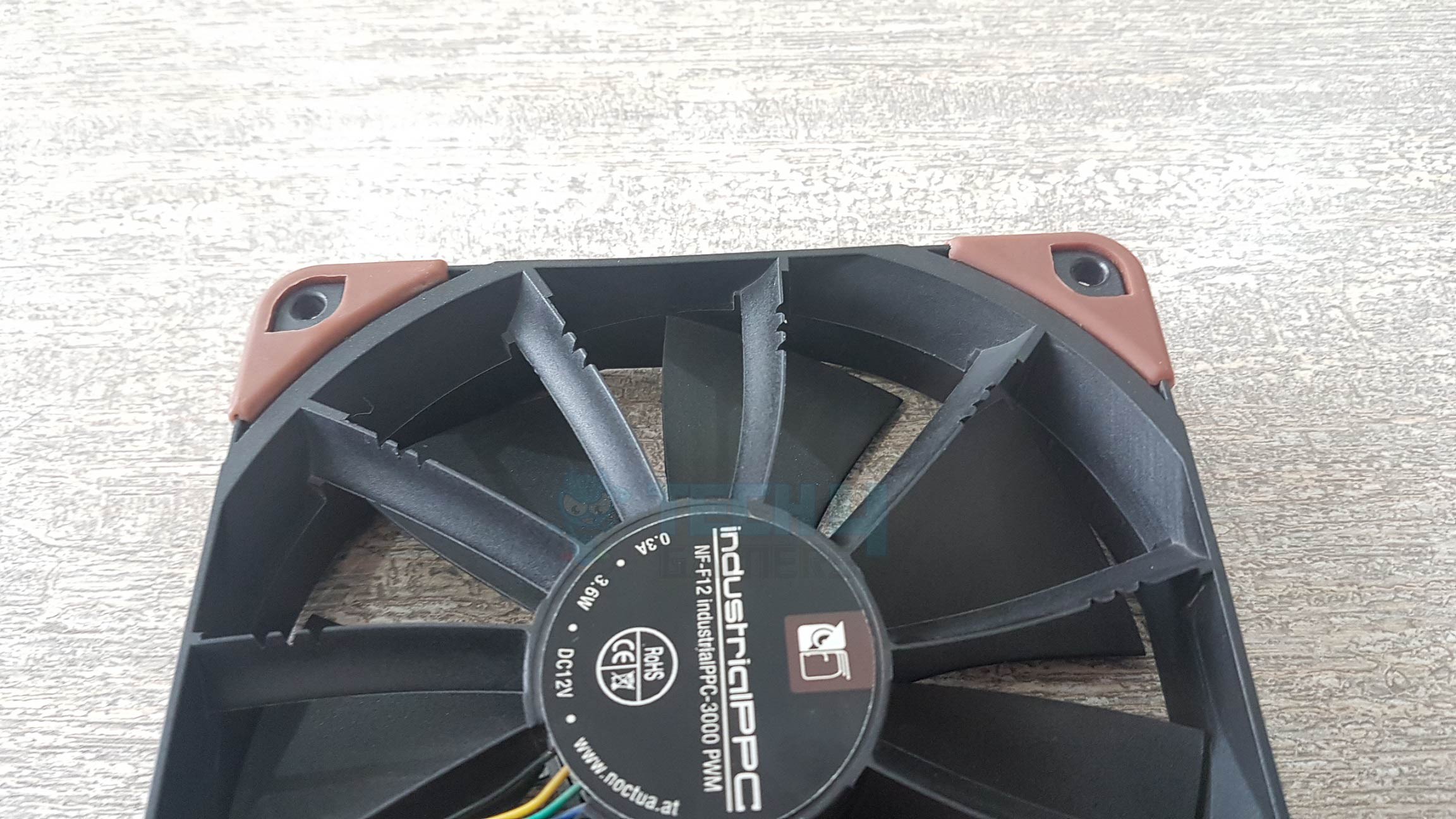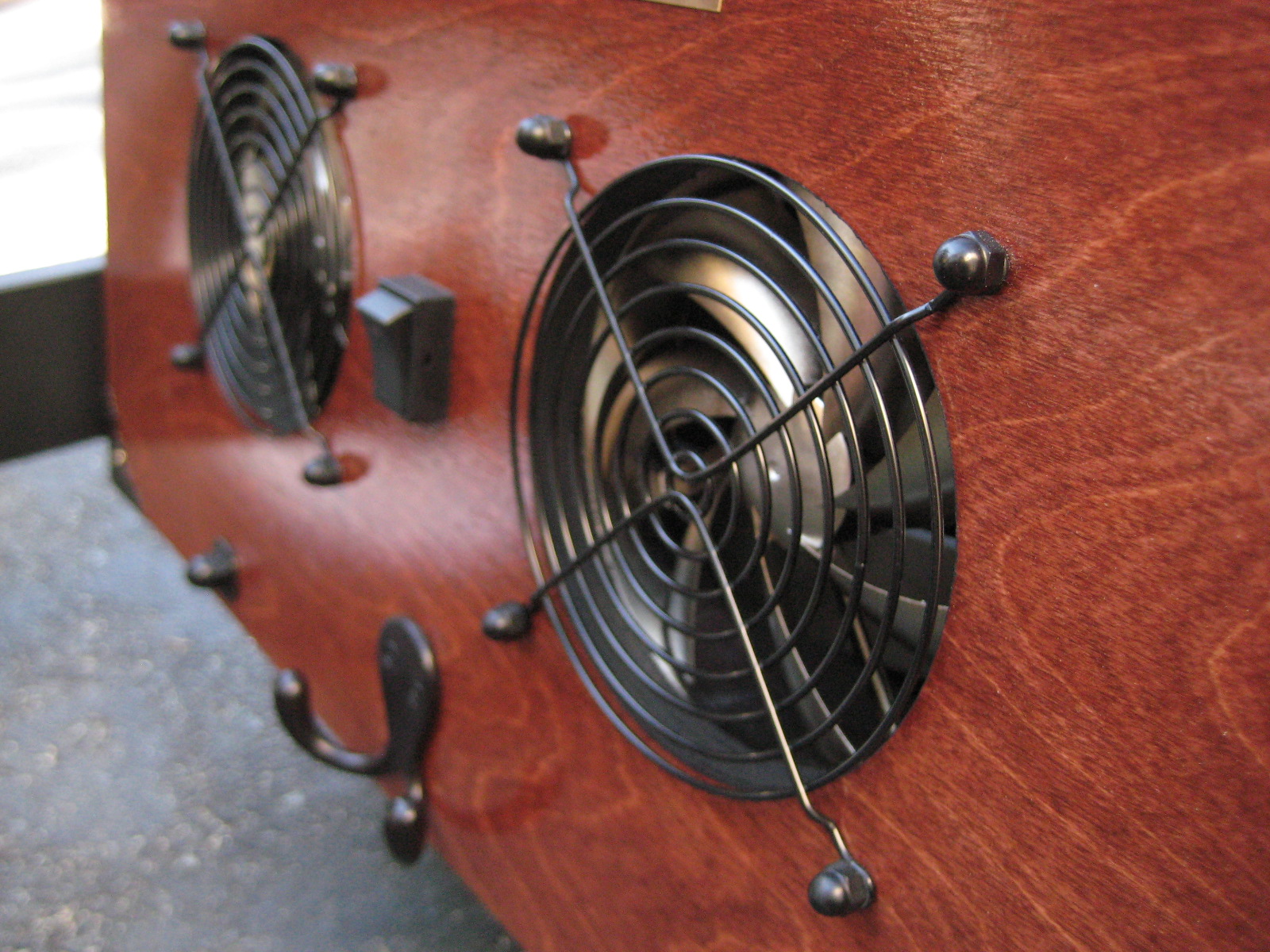

All the coordinates are normalized with respect to the axial length of the configuration A ( L = 132.26 mm).

The coordinates of the points which define the geometries for the configurations A and B are reported in Table 1 and Table 2, respectively. For these reasons, the steady RANS approach is adopted in this work since the goal is to compute the average field in the supercritical regime and to investigate the effects related to the location of the plasma actuator. Hybrid RANS-LES approaches would have a more affordable computational cost but they rely on RANS models in the boundary layer and so they are still affected by the model uncertainty that characterizes RANS simulations. The Reynolds number of the inlet studied in this work is so high that a wall resolved LES would require a prohibitive cost, especially for a parametric study in which several configurations are investigated. However, they have mainly been adopted for studying the buzz in the subcritical regime and the starting transient of the inlet. In the literature it is possible to find some examples of large eddy simulations (LES) and hybrid RANS-LES simulations : these approaches can give a more detailed description of the turbulence phenomena that take place inside the inlet with respect to RANS models and so they can give a more accurate prediction of the inlet performance. However, the present work is focused on the performances of a started inlet in off-design conditions and so the buzz phenomenon is not investigated here but only the average fields in the started inlet are required. It is possible to use unsteady RANS approaches to study some unsteady phenomena in supersonic inlets : an example is represented by the inlet buzz which is observed when the inlet operates in a subcritical regime. The performance indexes which are used to evaluate the different control techniques and is defined in Section 6 are based on time-averaged quantities: for this reason steady RANS simulations are performed in this work. The experimental study was followed by a computational fluid dynamics (CFD) analysis in which the effects of the plasma actuator are reproduced by introducing a volumetric heat source close to the wall. a quasi-direct current discharge is applied on the wall in front of a double wedge inlet ramp in off-design conditions: the activation of the plasma actuator generates a perturbation in the flow which is able to steer the leading edge shock wave in order to improve performances in off-design conditions. In the experimental work performed by Falempin et al. This technology was also investigated for controlling flow separation in rocket nozzles for space launchers. Alternatively, several research efforts have been devoted to the development of plasma actuators in which the air close to the wall is locally ionized by an electrical discharge. Some studies were performed on the possibility of controlling the flow by an off-body energy addition. The potential of the proposed solutions is investigated in terms of total pressure recovery, flow distortion and power consumption. Different locations of the plasma actuator are considered in order to also apply this technology to configurations with a diverter which prevents boundary layer ingestion. In order to improve the performances of the inlet two different control strategies were investigated: plasma actuators and bleed. The simulations show that large separations appear at the higher Mach numbers on both the upper and lower walls of the duct. The flow field was numerically investigated at different values of Mach number. In this work, a mixed compression supersonic inlet with a double wedge ramp is considered. Furthermore, the intensity of these phenomena is strongly influenced by the working conditions and so active control systems can be particularly useful in off-design conditions. The inlet design is challenging because of several phenomena that must be taken under control: shock waves, boundary layer separation and unsteadiness. Supersonic inlets are a key component of present and future air-breathing propulsion systems for high-speed flight.


 0 kommentar(er)
0 kommentar(er)
